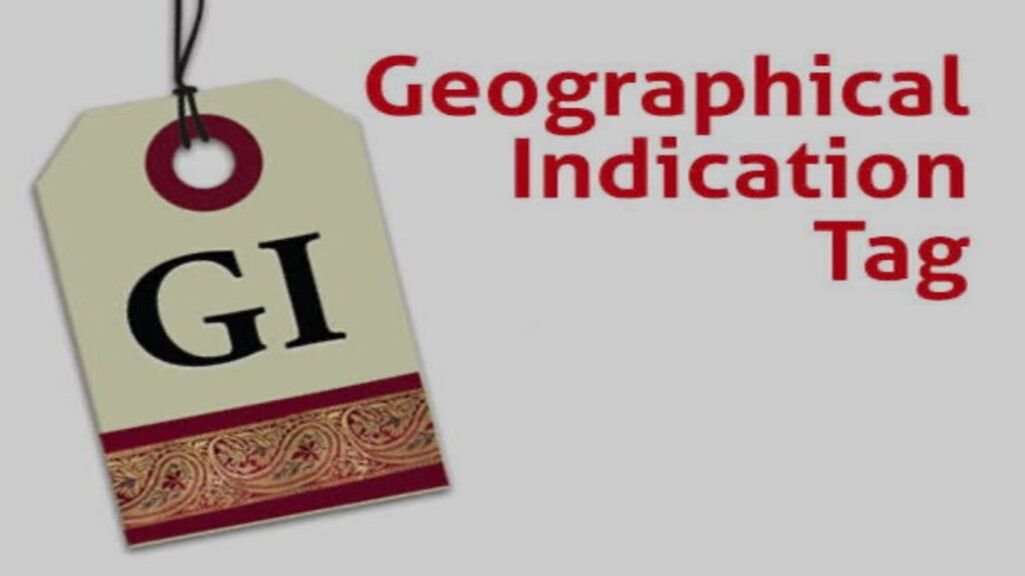
In a global marketplace flooded with imitations, Geographical Indication (GI) tags serve as a powerful tool to protect traditional crafts, empower producers, and guide conscious consumers toward genuine, region-specific products. Here’s everything you need to know about GI tags—what they are, how they work, and why they matter.
1. What Is a GI Tag?
A GI tag is an official certification granted to products that:
- Originating from a specific geographic region
- Possess qualities, reputation, or characteristics inherently linked to that place’s climate, soil, or local expertise
By registering a product under a GI tag, governments recognise its unique identity and grant legal protection against unauthorised use of the name.
2. How a Product Earns Its GI Tag
- Application by Producers: A registered group or cooperative of local producers applies for GI status, demonstrating the product’s historical lineage and unique attributes.
- Verification of Characteristics: Authorities verify that the product’s qualities—such as weave patterns, flavour profiles, or manufacturing processes—are exclusive to its region of origin.
- Granting of Tag: Once approved, only producers within the designated geographical boundary may legally use the protected name.
3. Key Benefits of GI Tagging
- Authenticity & Quality Assurance
Consumers gain confidence that they’re buying the genuine article, crafted according to time‑honored methods and stringent standards. - Artisan Protection & Legal Rights
GI status prevents outside producers from misusing the name, safeguarding the traditional knowledge and livelihoods of local artisans. - Premium Market Value
Products bearing a GI tag command higher prices, reflecting their authenticity, craftsmanship, and cultural cachet. - Local Economic Growth
By driving demand for region-specific goods, GI tagging spurs rural employment and creates ancillary opportunities in packaging, tourism, and export. - Cultural Preservation
GI tags enshrine centuries-old techniques and bolster regional identities, ensuring that traditional arts remain vibrant for future generations.
4. A Few Famous Indian GI Tags
| Product | Region | Notable Feature |
| Kanchipuram Silk Saree | Kanchipuram, Tamil Nadu | Rich mulberry silk with broad zari borders |
| Mysore Silk Saree | Mysore, Karnataka | Lustrous mulberry silk with characteristic sheen and durability |
| Banarasi Brocade | Varanasi, Uttar Pradesh | Intricate Mughal-inspired zari work |
| Sambalpuri Ikat | Sambalpur, Odisha | Bold, geometric ikat patterns in vibrant hand‑dyed colors |
| Chanderi Fabric | Chanderi, Madhya Pradesh | Sheer texture with delicate gold motifs |
5. How to Spot a GI-Tagged Product
- Look for the GI Logo: The official GI mark appears on labels and packaging.
- Check the Certificate Number: Genuine GI products display their registration number.
- Verify Producer Details: Reputable brands often include the name and address of the issuing cooperative.
6. Why Consumers Should Care
Choosing GI‑tagged products is a win-win:
- You get guaranteed quality and the authentic taste or texture you expect.
- Artisans receive fair recognition and remuneration for their skills.
- Regional economies thrive, and cultural heritage endures.
Conclusion
A GI tag does more than certify origin—it tells a story of place, people, and tradition. When you select a GI-tagged craft or cuisine, you’re not just making a purchase—you’re preserving a legacy. Next time you shop, look for that GI logo and wear, sip, or display your heritage with pride.


Add comment